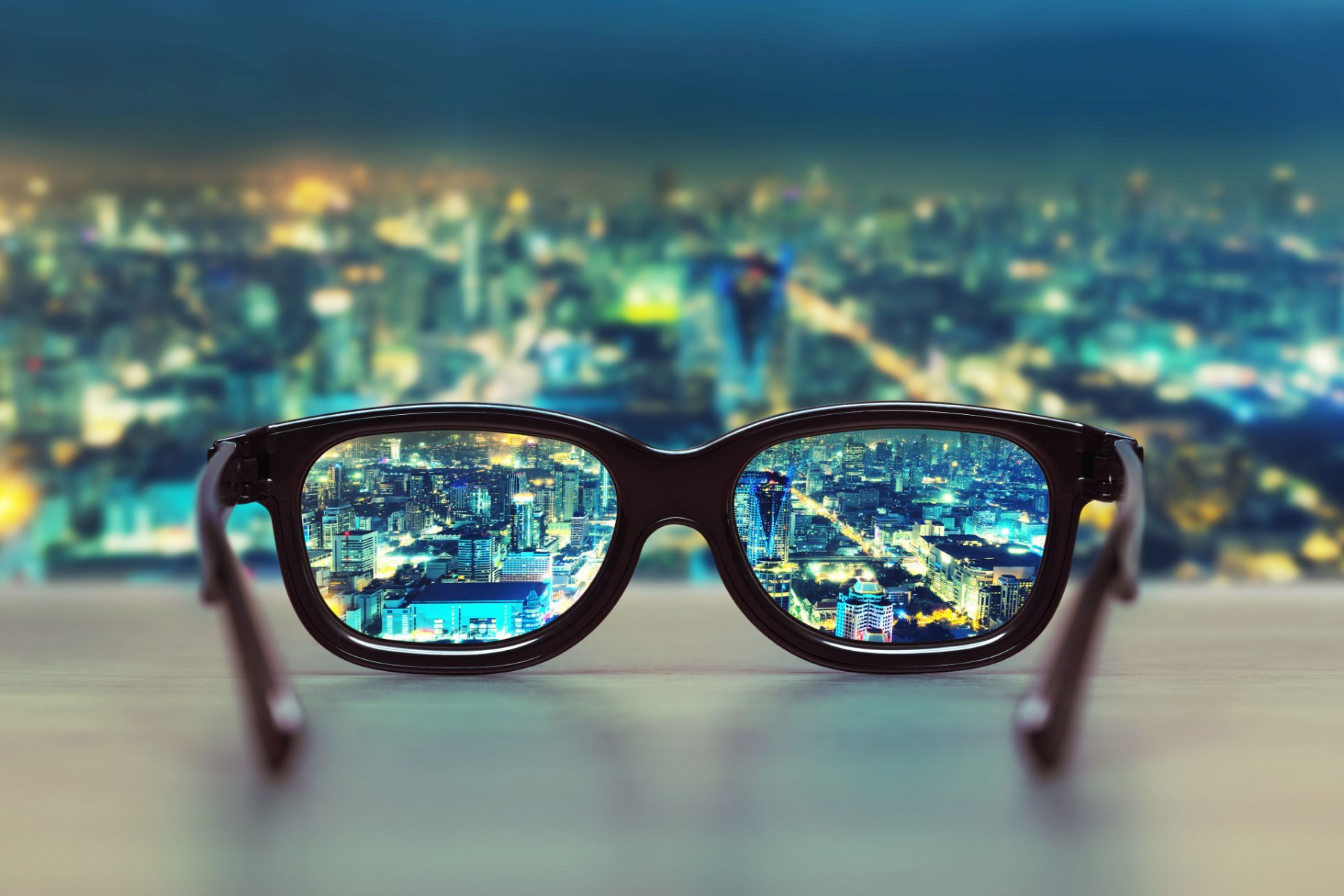The COVID-19 pandemic is highlighting the economic vulnerability of some segments of society – and demonstrating that the vulnerability of some increases the vulnerability of all.
In the US and most emerging markets, many people do not have health coverage – which has raised questions about whether they could afford to get tested for the virus. Gig workers in the services sector are at high risk of exposure, but in some markets, they lack benefits such as paid sick leave – raising concerns that workers would continue to come to work even if they were feeling unwell. In the megacities of the developing world, large populations live in cramped conditions with little access to good sanitation – calling into question the ability to effectively implement measures such as social distancing.
As societies have moved from prevention to mitigation, more fault lines have become visible. Social distancing mandates have led to large numbers of workers losing their jobs practically overnight, straining safety net programs such as unemployment insurance. Once again, gig workers are particularly vulnerable.
Policymakers from across the political spectrum are moving rapidly to shore up safety nets. These changes could have staying power. Companies may find themselves operating in a world in which the safety net expectations of workers and societies have permanently shifted – along with their role in helping provide the safety net.
Re-examining companies’ role in society
Trust in businesses has declined in recent years even as consumers and investors call on companies to proactively address societal challenges, from income inequality to climate change. Today’s crisis will increase scrutiny of this issue in at least a couple of ways.
First, companies across multiple sectors are playing an active role in addressing the challenges created by the pandemic. Internet and wireless providers are delivering free wi-fi access to assist individuals working from home. News and media companies are taking down paywalls to expand access to life-saving information. Retailers are repurposing parking lots for drive-through testing clinics. Tech giants are donating millions of N95 masks to support frontline health care workers. Such visible moves could help burnish companies’ reputations and restore dwindling trust.
Second, business leaders should tread carefully with respect to bailouts, a contentious issue in the Great Recession. While companies will start from a more sympathetic place this time, they will need to pay careful attention to the political debate over bailouts – and their own subsequent actions with respect to layoffs, executive bonuses and the like.
The increased cooperation between companies and governments could lead to a larger role for public-private partnerships. The active part that companies are playing in addressing societal issues might also raise consumer expectations. Beyond the crisis, expect to be held to a higher standard about your societal responsibilities.
Preparing for the post-pandemic generation
For the generation coming up behind Gen Z, the post-pandemic “new normal” will just be “normal.” The impact of this generational shift will likely be profound.
Generational cohorts are defined by societal changes during their formative years. The children who never knew the world as it existed before the global pandemic will take for granted the transformations following in its wake.
By 2030, there will be 1.8 billion people aged 19 or younger. These individuals will have little or no experience of a world before COVID-19. Compared with their predecessors, this generation will likely bring very different assumptions and expectations related to society, technology and ethics, and the role of private companies in providing public goods.
Think of the business transformations sparked by the emergence of Millennials and Gen Z, from corporate purpose to sustainability, ways of working, use of digital and new business models. The next such transformation is on the horizon. Companies that respond fastest will enjoy a competitive advantage in areas such as recruiting, productivity, innovation and customer.







